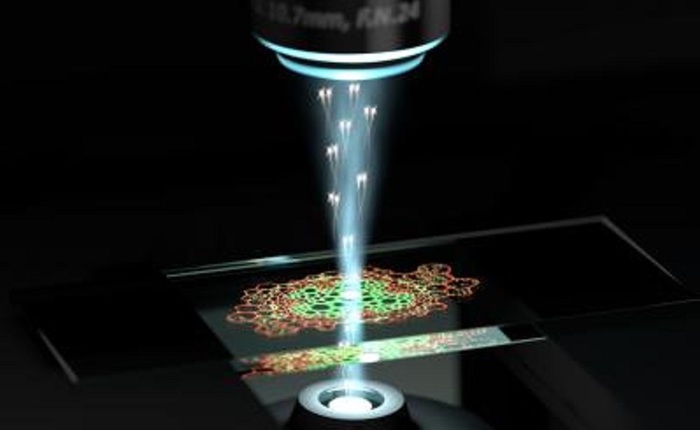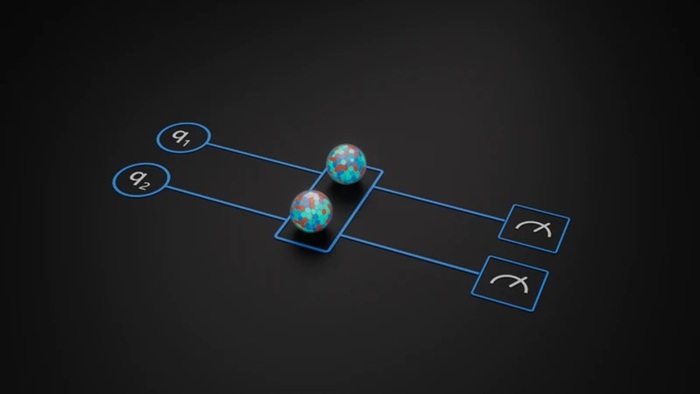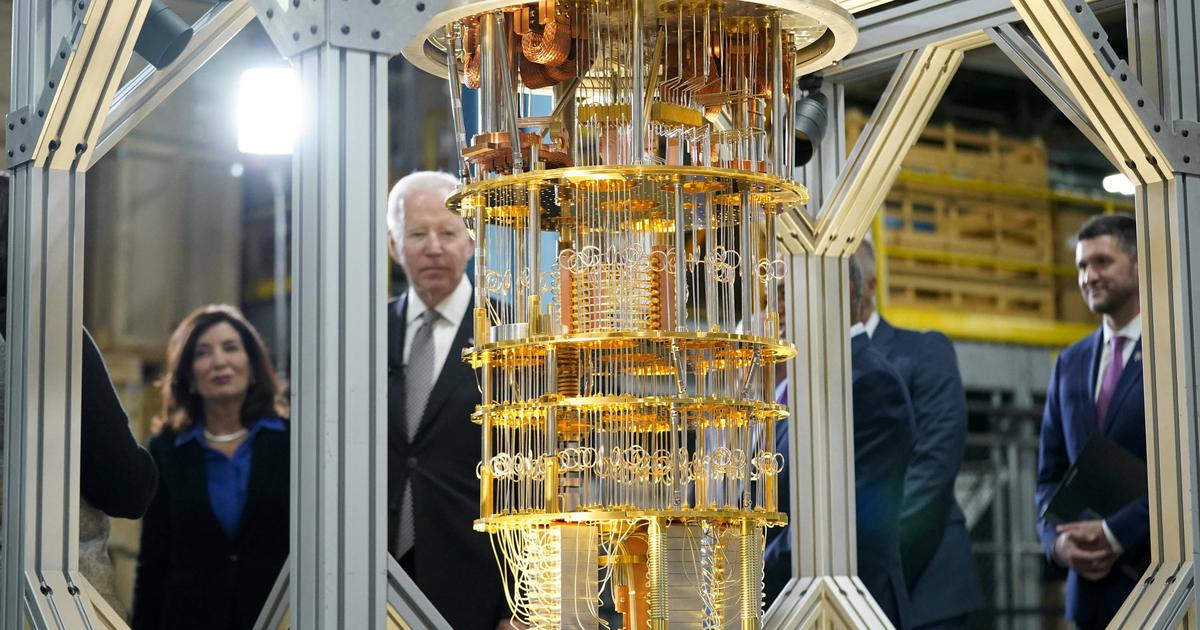'Squeeze' the light to see biological structures hitherto impossible to observe. An important step forward comes from a group of researchers at the University of Queensland in Australia, for the development of future quantum microscopes, instruments capable of penetrating the infinitely small by exploiting the bizarre laws that govern quanta. The result is published in the journal Nature.
"It is certainly a significant step forward in this so-called new quantum revolution, which is leading to the concrete development of tools that until now were only foreseen on paper", commented to ANSA Vittorio Giovannetti, expert in quantum optics from the Scuola Normale Superiore of Pisa. A 'second quantum revolution' that sees not only new computers but also new materials and, as in this case, new technologies to study biological matter on a microscopic scale.
The 'classical' microscopes have in fact now reached a sort of physical limit, impossible to violate according to the laws of classical physics, but which can be circumvented using quantum mechanics, in particular by exploiting the so-called squeezing. Today microscopes are widely used to study biological samples, such as Srsm (Stimulated Raman scattering microscopy), which use laser beams with which to bombard the sample with perfectly identical light particles (photons) and to know the structure of the sample by verifying how the photons they are absorbed and reissued. By increasing the intensity of the photons it is possible to deepen the gaze, but at the same time this involves an increase in 'noise' and the risk of damaging the samples to be studied.
By using squeezing, that is, 'squeezing' the limits of the uncertainty of the quantum properties of photons, Australian researchers have now managed to significantly break down these boundaries and improve the performance of an SRSM microscope by 14%. "In this sector - Giovannetti specified - we cannot make the same comparisons made with the world of computers, such as quantum advantage, but certainly here we demonstrate an overcoming of some limits applied now to concrete things".














